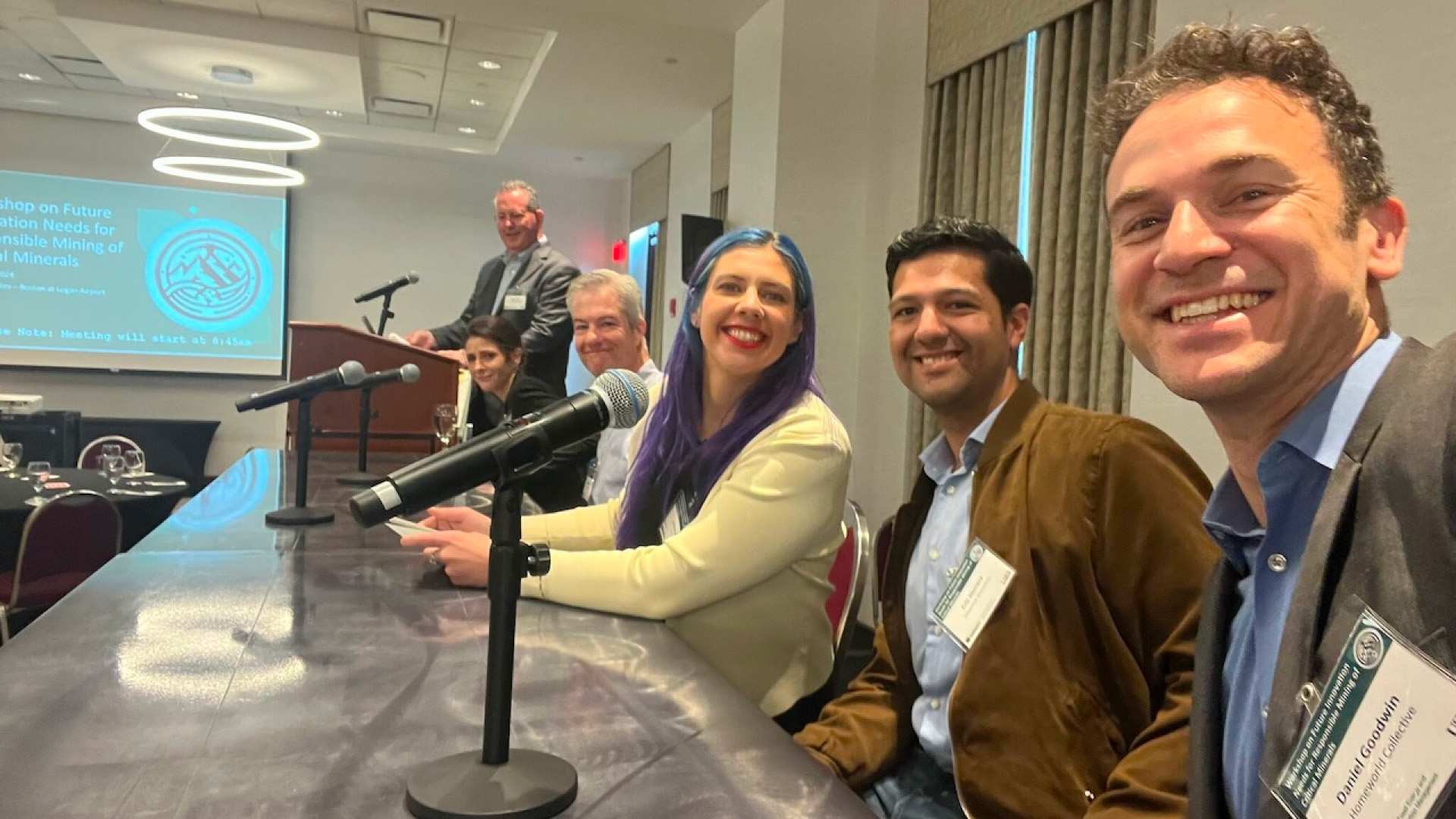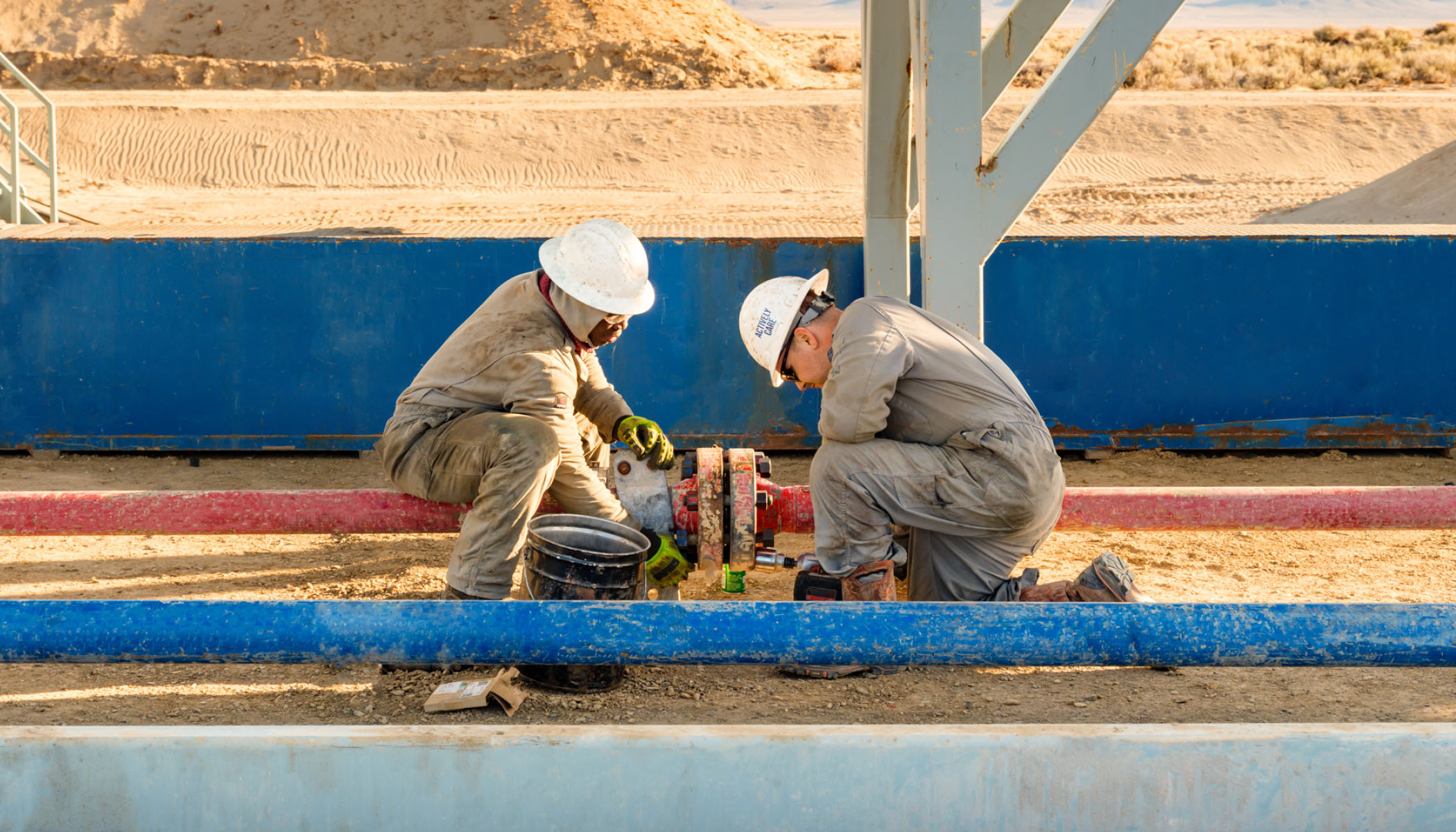Aug 21, 2024 · 6 min read
6 Breakthrough Climate Research Initiatives
Explore interdisciplinary efforts investigating cutting-edge technologies to mitigate global warming.
According to a NASA analysis of global daily temperature records, 2023 has been the hottest year on record to date. Furthermore, the Intergovernmental Panel on Climate Change says that global average temperatures are expected to rise 1.5 degrees Celsius above pre-industrial levels by the first half of the early 2030s. Exceeding this threshold could lead to even more extreme heat, floods and crop failures, putting severe stress on communities worldwide.
A concerted global effort is underway to keep global warming within safe limits, including reducing emissions by investing in energy efficiency, deploying renewable energy technology, and phasing out fossil fuels. However, reducing emissions alone is not enough. Scientists say we must also advance cutting-edge technologies to remove carbon dioxide from the atmosphere. While many innovative carbon dioxide removal technologies exist, most are expensive and still in the early stages. That’s why CZI is accelerating research and development to scale these ideas safely, equitably and effectively in a way that can benefit communities and the environment.
We support organizations advancing scientific understanding of carbon removal in the ocean, in plants and the soil, and through rock formation. We also fund efforts to convene scientists to share knowledge and work across disciplines to accelerate discoveries.
Here’s a closer look at six organizations leading groundbreaking research to advance climate solutions.
The Advanced Carbon Mineralization Initiative — Massachusetts Institute of Technology
Carbon mineralization, or storing carbon dioxide as minerals, is among the largest capacity carbon storage pathways currently known. However, there are crucial gaps in understanding how to take advantage of the slow, natural mineralization process at a faster timeline and a much larger scale. Massachusetts Institute of Technology’s (MIT) Advanced Carbon Mineralization Initiative (ACMI) aims to establish the science, technology and economic frameworks to realize carbon dioxide mineralization’s full potential. They are developing publicly available insights to help companies optimize their carbon removal rates at scale. They will also test the viability of specific techniques to accelerate mineralization.
Carbon Containment Lab
The Carbon Containment Lab, formerly based at the Yale School of the Environment, aims to help overcome barriers to scaled climate solutions through applying scientific and investment expertise. It does so in several ways: addressing challenges faced by carbon removal startups, conducting scientific and economic research, and building needed collaborations and partnerships. Among the Lab’s priorities are carbon mineralization and biomass capture. They are designing mineralization test bed sites across the country to enable startups and academics to run large-scale experiments to test the ability of different novel technologies. They also support the development of the science behind the “terrestrial biomass storage” ecosystem of companies and efforts where carbon from sustainably sourced biomass — such as from forest thinnings to reduce wildfire risk — is stored long term.
Climate Crossroads Initiative — The National Academies of Sciences, Engineering, and Medicine

The National Academies’ Climate Crossroads brings together climate experts from diverse disciplines and backgrounds to identify and catalyze solutions at the scale and scope needed to meet the climate crisis. Programming and convenings, including the monthly Climate Conversation Series and annual summit, highlighting pressing climate issues and opportunities. Held in mid-July, the Climate Crossroads Summit showcased the expansive breadth of research and work addressing climate challenges and opportunities in areas such as climate and AI, Nature-Based Solutions, Planetary Health, Decarbonization, Resilient Communities, and Climate Science in the Courts. Climate Crossroads will continue to explore tough, interdisciplinary challenges and solutions to help build a more just, prosperous and sustainable world.
[C]Worthy — Convergent Research
Ocean-based carbon dioxide removal holds enormous potential as a climate solution, but measuring its effectiveness is challenging due to the complexities of ocean ecosystems. Overcoming these challenges is crucial for accurately determining the amount of carbon removed through this method, which is essential for informing carbon markets and tracking global progress in addressing climate change.
[C]Worthy, an initiative of Convergent Research, is developing software and methodologies to address this challenge by deploying oceanographic models to quantify the ecological safety and effectiveness of ocean-based carbon dioxide removal. They plan regular releases of their modeling software, C-Star, and are generating open-source datasets mapping variations in the efficacy of ocean-based carbon dioxide removal deployments. Further, [C]Worthy is conducting field trials in Iceland and San Francisco, California, to validate their tool and is exploring AI applications to enhance the speed and accuracy of quantitative carbon dioxide removal calculations.
Homeworld Collective

Biotechnology, which uses biological processes to protect and restore the environment, has the potential to drive climate solutions but needs more infrastructure to scale. Homeworld Collective is working to build this field by cultivating a community of scientists to engage with critical problems, collate knowledge to help focus scientific efforts on the highest-impact items, and catalyze action by providing accessible funding for early-stage climate biotechnology solutions. Last year, Homeworld launched the Garden Grants program, which funded biotechnologists working on solving planetary-scale problems using protein engineering.
Lab to Land

Lab to Land Institute is applying synthetic biology to help make landscapes and ecosystem services more resilient to climate change and increase their ability to store carbon dioxide. Their interdisciplinary team is exploring scalable interventions such as soil microbiome amendments to bolster drought and heat tolerance, engineering grasses to store carbon, and bioengineering fire retardants for faster ecosystem recovery after fires. Lab to Land is testing these early-stage approaches to assess their efficacy and safety while partnering with frontline communities to ensure ethical deployment.
Our Commitment To Addressing the Climate Crisis
We need many more approaches to reduce greenhouse gas emissions and remove carbon dioxide from our atmosphere. Meeting the world’s climate goals will require technological advances, financial investments and new policies. Learn more about CZI’s partnerships to create and scale climate and clean energy technologies.





